Introduction: The Age of Human Enhancement
The only true wisdom is in knowing you know nothing. – Socrates, perhaps inadvertently predicting the complexity of our modern world. Imagine, if you will, not knowing the future that awaits humanity as we merge cutting-edge technology with biology itself. AI-driven genetic editing isn't just about science—it’s about the transformation of human existence as we know it. With tools like CRISPR at our command, are we stumbling upon ancient alchemy to craft superhumans or unveiling a path to potential chaos?
Tech giants and startups, from OpenAI led by Sam Altman to Google's Gemini, are deep diving into these waters, driven by passionate scientists like Jennifer Doudna and thinkers such as Ray Kurzweil. They're all asking the same question: Just because we can, should we change the very essence of human beings? The triumphs and tumults of AI-enhanced genome fiddling stretch the imagination and boggle the mind. Could we soon see a new generation with unparalleled mental and physical abilities? Buckle in, my friends, as we explore this thrilling possibility.
AI-Driven Genetic Alchemy refers to the integration of Artificial Intelligence and genetic engineering methods, unlocking the potential to modify and enhance human DNA in a bid to craft individuals with superior physical and cognitive abilities. This pursuit probes ethical realms and scientific frontiers alike.
The Science of Genetic Editing
To grasp the excitement surrounding genetic editing, we need to step back in time. The history of genetic editing reads like a thrilling novel—and for good reason. It all began with the Mendel’s peas and Watson and Crick's DNA discovery, turning roots of biology into a saga of microscopic adventures. Today, with the advent of Jennifer Doudna and Emmanuelle Charpentier’s Nobel Prize-winning discovery, CRISPR-Cas9, editing genes is not just for science fiction.
So how does CRISPR work? It’s like having a pair of biological scissors with a library documented collection—snip this gene, replace with that one. Think of it as rearranging letters in a colossal, ever-expanding book of life. Breakthroughs in CRISPR came with surprising ease, much to the shock and confusion of biologists who spent decades with hair-graying methodology. Thanks to CRISPR, altering the DNA isn't just for nerdy scientists in lab coats, but potentially anyone with a lab and a plan.
Yet, with this power, the science runs smack dab into a moral conundrum worthy of an Ancient Greek play. Pondering the promise and potential peril of this remarkable tool means treading the delicate balance between innovation and caution. Remember, the devil is in the details—even when those details are as tiny as DNA helices.
The Role of AI in Genetic Engineering
Imagine being a maestro conducting a symphony of DNA sequences, and your baton is artificial intelligence. AI is redefining the realm of genetic engineering by offering precision and speed akin to a cheetah on roller skates. This digital wizardry takes genetic possibilities and unlocks new doors, helping scientists uncover the blueprints of life as if they were flipping through a cosmic IKEA manual.
Machine Learning in Gene Prediction
Machine learning, AI's brainy cousin, analyzes genetic data, making Sherlock Holmes look like an amateur detective. Through algorithms, AI learns patterns and predictions, effectively guessing which genes will behave like square pegs in round holes—even before moving to the petri dish. Subscribing to the school of thought that AI can outwit human intuition, machine learning peeks into the future, issuing suggestions on genome editing like a genetic whistleblower.
AI-driven Tools for Enhanced Precision
Indeed, precision is an art form, and AI tools such as Folding@Home are the artisan’s pencil. They smooth the rough edges of human error, allowing edits to genes with the calm and accuracy of an artist's brush stroke. Picture WINZIP data compression but in your genetic code, where AI keeps track of every detail as a super-organized librarian of genomes. This digital artistry improves the "snip and clip" functionality, sharpening the genetic scalpels of scientists around the world.
Ethical Dilemmas of Creating Superhumans
With great power comes great responsibility—parable of Peter Parker’s uncle (Marvel Universe) applies here twofold. As AI and gene editing collaborate on crafting biological symphonies, a philosophical conundrum emerges: should we engineer a generation of superhumans? This Pandora's box of genetic enhancement raises eyebrows and more dilemmas than Descartes could count.
The Moral Implications of Genetic Editing
Philosophical bewilderment rises as humanity grapples with the moral concept of improving oneself through a genetic fast-track. Schoolyard jargon of "it's not fair" echoes throughout debates, the real conundrum being: is enhancing genetics akin to "playing God"? Many posit this evocation of deity is fraught with moral bear traps worthy of stringent debate. In our pursuit of perfection, are we skirting the perimeter of ethical boundaries or merely squinting into the blinding sunrise of science?
Potential Consequences and Societal Impact
Buckle up and hold onto that fedora, because the ride through societal ramifications comes with unexpected potholes. Unequal access to genetic enhancements could ossify existing disparities, dramatically morphing society into a technologically enhanced caste system. Imagine a society resembling a tech-themed dystopian sequel to The Matrix, where human augmentation is the great divider rather than the celebrated unifier. The potential misuse of this technology adds a twist as dark as an unexpected plot wing in a George R.R. Martin novel. It behooves us to anticipate and defy such dystopian futures by engaging in proactive, prompt ethical discourse and policy formation.
Case Studies: Current Advances in Genetic Editing
In our journey toward understanding the potential of genetic editing, we encounter numerous real-world applications and studies that have shifted the paradigm of genetic possibilities. These innovate at the frontier of science, exemplifying both the power and limitations of our genetic toolkit.
Groundbreaking Research Examples
Advancements in genetic editing are largely driven by CRISPR technology. Research labs across the globe are working tirelessly, pushing boundaries. For instance, in 2019, scientists in China reported the successful cloning of five gene-edited monkeys to study mental disorders, a bold step in genetic research reported by CBS News. Moreover, Harvard scientists have conducted studies using CRISPR to eliminate genetic disorders such as muscular dystrophy, showing potential to correct previously incurable diseases Harvard Stem Cell Institute Research.
Success Stories and Failures
Successes in genetic editing tell a tale of triumph over nature’s script. Notably, a significant success story is the development of Vertex Pharmaceuticals pursuing the possibility of curing sickle cell anemia using CRISPR. These breakthroughs represent monumental victories in our capability to manipulate human genes. Yet, not all ventures have resulted favorably. The infamous case of He Jiankui, a Chinese scientist who altered the genes of two embryos, sent shockwaves through the global scientific community BBC coverage. The ethical uproar reiterated the fine line that exists between innovation and irresponsibility.
Future Prospects: Vision for the Next Decade
As we gaze into the future, the roadmap for genetic enhancement through AI-driven techniques unveils a tapestry of possibilities. The thought of customizing our biology to improve life tantalizes us with dreams of a redefined human experience.
Anticipated Innovations and Discoveries
In the upcoming decade, the pace of discovery in the realm of genetic editing is poised to accelerate. AI will likely spearhead this evolution, facilitating frictionless discovery and editing of genetic materials. Through AI, personalized medications could become a reality, genetically engineering treatments specific to an individual's medical history and needs Genome Research Institute. Moreover, the prediction of diseases and tailoring of genetic interventions before they manifest symptoms could revolutionize healthcare, offering preemptive health solutions.
Building a Framework for Responsible Enhancement
To harness the potential of genetic alchemy responsibly, constructing an ethical framework is pivotal. This entails addressing issues of equity and access, ensuring that human enhancement is a privilege accessible to all, not just the affluent. Policies need to be drawn, embedding justice into technology, requiring input from ethicists, legislators, and global leaders United Nations Human Rights. In this discourse, the development of regulatory bodies equipped with enforcing these frameworks ensures that scientific progress echoes the ethical advancement of society. Our goal should be towards crafting a future where technology serves humanity, echoing in existence like a harmonious melody across time.
AI Solutions: How Would AI Tackle This Issue?
If I were an AI, my approach to tackle the issue of genetic editing and crafting superhumans would be multifaceted, leveraging the latest advancements in data analytics, machine learning, and collaborative frameworks. The following points outline how to harness AI’s full potential in this endeavor:
Data Collection and Analysis
The first step is to gather a massive dataset that encompasses genomic information, environmental factors, and their interactions. This data will serve as the foundation for all subsequent analyses. AI can be instrumental here by utilizing advanced techniques such as deep learning algorithms to extract insights from complex datasets. Collaboration with established genomic databases like the European Nucleotide Archive would provide researchers access to critical genetic sequencing data, enabling them to better predict outcomes of genetic modifications.
Collaboration with Scientists
Next, fostering partnerships between AI developers, geneticists, ethicists, and healthcare professionals is crucial. This cross-disciplinary approach will ensure that AI tools are designed with practical relevance in mind. By forming advisory boards that include representatives from leading institutions such as the Harvard University and the Massachusetts Institute of Technology, we can align research goals, ensuring a balance between innovative discovery and ethical responsibility.
Developing Predictive Models
Integrating AI helps in creating accurate predictive models that simulate the consequences of genetic modifications. These models enable researchers to chart potential health outcomes and societal implications long before any actual editing takes place. By using tools provided by platforms like Google AI, researchers can utilize open-source libraries to run simulations and refine their experiments based on predictive success rates.
Continuous Feedback Loops
Instituting a dynamic feedback system will allow AI algorithms to learn from new genetic data continuously. This type of adaptive learning is paramount for refining techniques over time. Utilizing platforms that promote collaboration such as GitHub can enhance the sharing of new findings and discoveries amongst researchers, fostering a community of innovation.
Regulatory Frameworks
Finally, it’s essential to strategize the creation of adaptive, AI-driven regulatory frameworks. These regulations should be designed to evolve alongside the advancements in genetic technologies. By engaging policymakers, bioethicists from organizations like the U.S. National Bioethics Advisory Commission, and industry leaders, we can ensure a responsible and comprehensive approach to genetic editing. AI can help model the regulatory consequences of new technologies, forecasting potential risks involved and ensuring timely legislative actions.
Action Schedule/Roadmap
Day 1: Project Kickoff
Form a multidisciplinary team, consisting of geneticists, AI experts, ethicists, sociologists, and project managers. This team should ideally comprise individuals from diverse backgrounds, including representatives from the World Health Organization, prominent universities, and successful tech firms.
Day 2: Initial Data Gathering
Launch an initiative to source existing datasets from established genetic databases such as NCBI and secure partnerships with hospitals and research institutions to collect anonymized patient data.
Week 1: Ideation and Planning
Conduct collaborative brainstorming sessions emphasizing ethical considerations and the envisioned impacts of genetic enhancements. Employ design thinking methodologies to frame the research area comprehensively.
Week 2: Tool Development
Develop AI tools tailored to analyze and interpret genetic data, emphasizing user-friendliness to encourage broader scientific participation. Utilize platforms like TensorFlow for neural network development.
Week 3: Pilot Testing
Initiate pilot testing on smaller datasets to evaluate the tools' performance and accuracy. Obtain feedback for improvement from participating researchers and iteratively refine the tools.
Month 1: Beta Testing and Adjustment
Expand pilot testing to a larger dataset, introducing new genetic sequences from varied sources. Adjust tools based on real-world challenges encountered during testing.
Month 2: Collaboration with Research Institutions
Formalize partnerships with leading institutions and organizations to promote knowledge sharing and joint research projects. Establish ethics boards to oversee the guidelines and processes.
Month 3: Regulatory Alignment
Engage with local and international regulatory bodies to ensure compliance and ethical standards are met at every stage of research and experimentation.
Year 1: Full-Scale Implementation
Commence the full-scale implementation of genetic editing initiatives focusing on specific traits or enhancements, relying on trained AI tools for guidance. Collaborate with health care providers to track efficacy and unforeseen consequences.
Year 1.5: Evaluation and Iteration
Conduct thorough evaluations at six-month intervals, analyzing outcomes and making necessary course adjustments. Foster a culture of learning within the project to prioritize adaptability and innovation.
Year 2: Publication and Outreach
Publish research findings and technological advancements while conducting workshops and public forums to educate the community about responsible genetic enhancements. Engage with the media to inform the public and encourage transparent discussions about ethical implications.
Conclusion: Embracing the Future
As we step into the realm of AI-driven genetic alchemy, our role becomes not only one of innovators but also stewards of humanity's future. The allure of crafting superhumans through DNA editing presents both exhilarating potential and immense responsibility. Balancing the excitement of novel advancements with the caution of ethical implications will be the defining challenge of our age. Imagine a world where genetic editing not only enhances human capabilities but also uplifts societies, bridging gaps rather than deepening divides. Our choices today will reverberate through the ages. Will we embrace these powerful tools with wisdom, ensuring a better future, or will we plunge into chaos through reckless experimentation? It's not merely about playing God; it’s about being able to navigate the moral complexities of our God-given intelligence. The future is a canvas, and we hold the brush. What masterpiece will we create together?
FAQ: Understanding AI-Driven Genetic Alchemy
What is AI-driven genetic alchemy?
AI-driven genetic alchemy is when scientists use artificial intelligence (AI) to help edit genes in our DNA. This means they can change certain things about our bodies or our minds. For example, they might be able to help people be healthier or smarter using techniques like CRISPR.
What are the current technologies used for genetic editing?
The most popular technology for genetic editing right now is called CRISPR-Cas9. It works like a pair of scissors that can cut DNA at specific spots. Here are a few other technologies in use:
- TALENs: These are tools that can also cut DNA and are used in some research.
- Zinc finger nucleases: Another method for editing genes that can make precise changes in DNA.
What ethical considerations exist with human genetic enhancement?
Changing our DNA raises some big questions about right and wrong. Here are some of the worries:
- Equality: What if only rich people can afford these enhancements? This could make life unfair for others.
- Health risks: We don’t always know what will happen when we change genes. There could be side effects.
- Moral concerns: Is it okay for humans to "play God" and change how we are made?
How can AI improve genetic editing processes?
AI can help researchers make better and faster decisions. It can:
- Analyze huge amounts of data to find patterns in DNA that humans might miss.
- Predict what might happen when certain genes are edited.
- Help design better tools for editing genes by learning from past experiments.
What might the future of genetic editing look like?
The future could see people customizing genetic changes to suit their needs, such as:
- Being healthier and living longer.
- Improving mental abilities like memory or creativity.
- Reducing the chances of inherited diseases.
However, it's important that we ensure everyone gets equal access to these technologies, so no one gets left behind. Safe practices and rules need to be set in place to protect all of us.
Are there any ongoing studies or projects related to this?
Yes! Many universities and research institutions are working on genetic editing. For example, Harvard University and Stanford University have programs specifically focused on biotechnology and genetics, often looking into ethical implications as well.
Can genetic editing be used for anything other than humans?
Absolutely! Genetic editing can also help in agriculture. Scientists are using it to create plants that grow better or are resistant to pests and diseases. This could play a big role in feeding the growing population on our planet.
What are some real-world applications of genetic editing today?
Here are a few examples of genetic editing making a difference:
- Editing genes in sickle cell disease patients to help stop the disease from impacting their lives.
- Creating genetically modified organisms (GMOs) that help farmers with crops that resist drought.
Wait! There's more...check out our gripping short story that continues the journey: The Pulse of Neon Lights
Disclaimer: This article may contain affiliate links. If you click on these links and make a purchase, we may receive a commission at no additional cost to you. Our recommendations and reviews are always independent and objective, aiming to provide you with the best information and resources.
Get Exclusive Stories, Photos, Art & Offers - Subscribe Today!
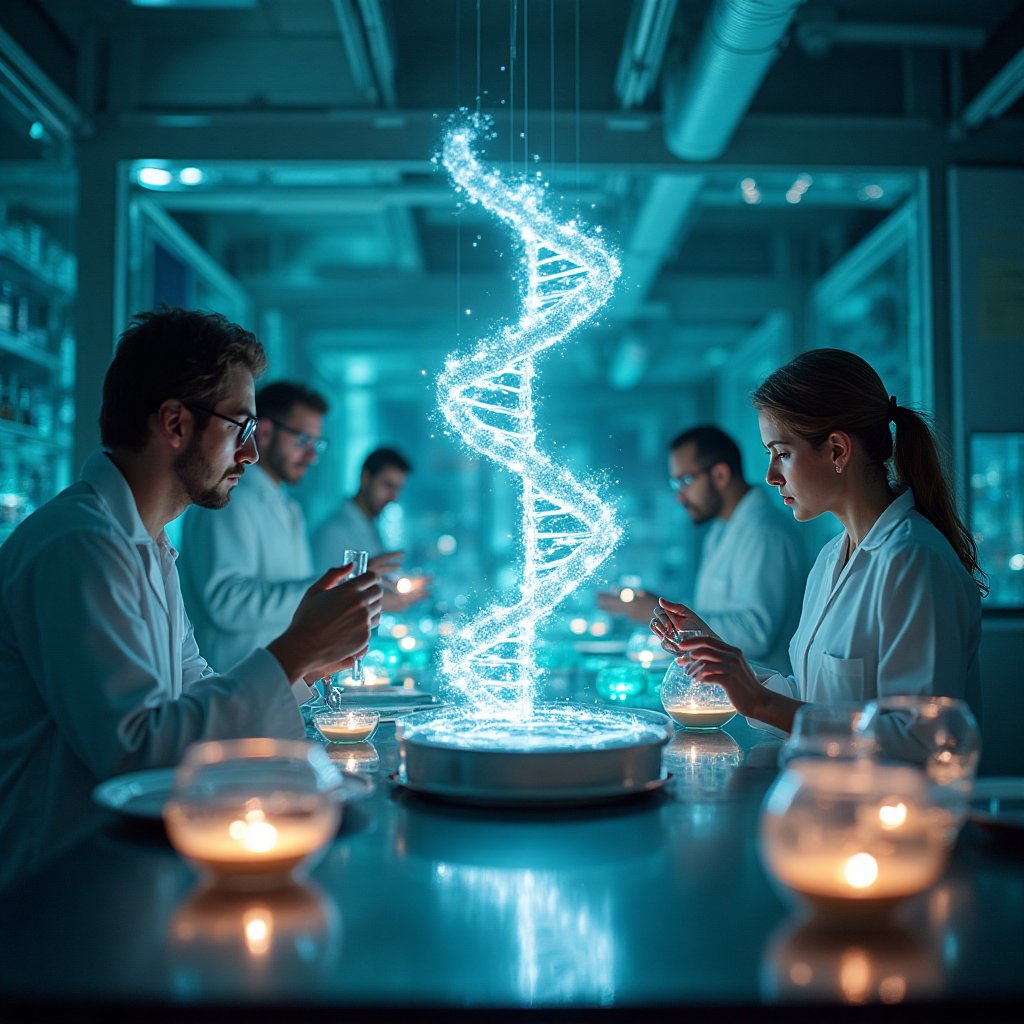
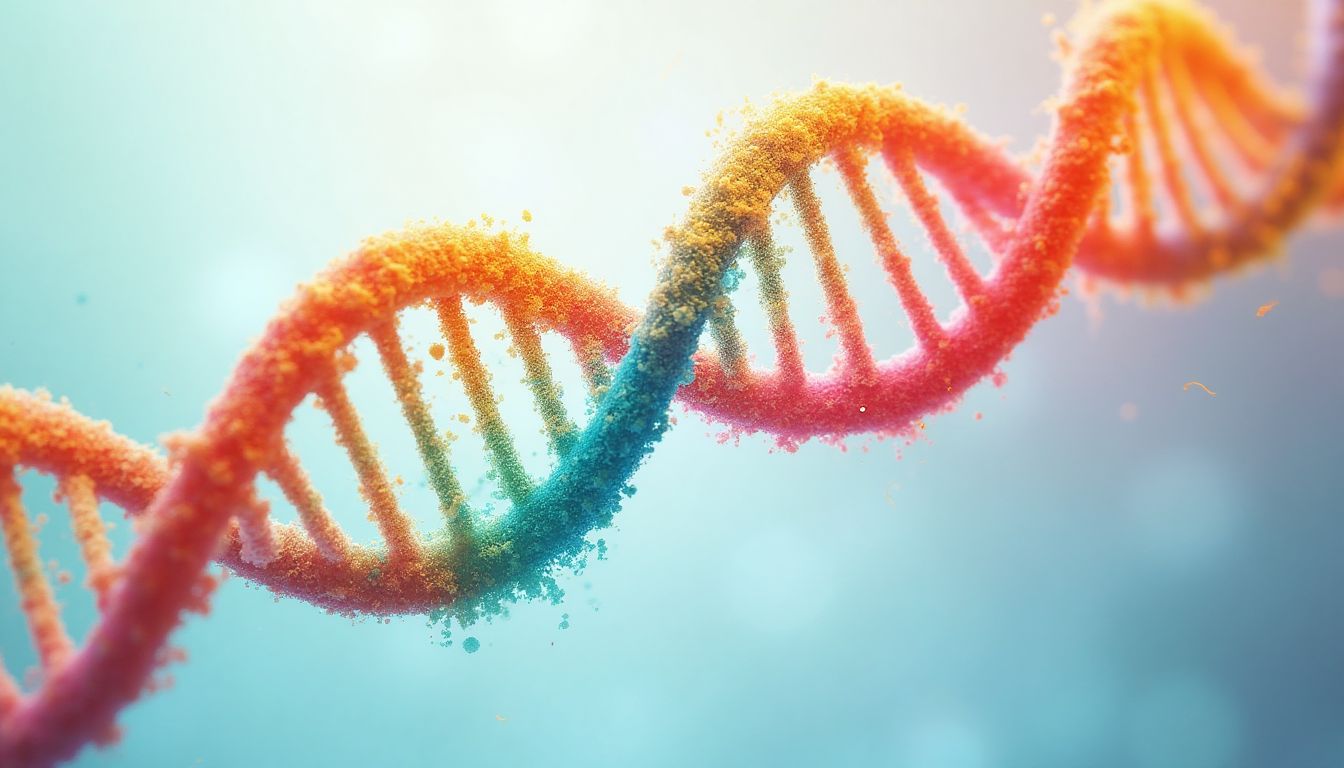
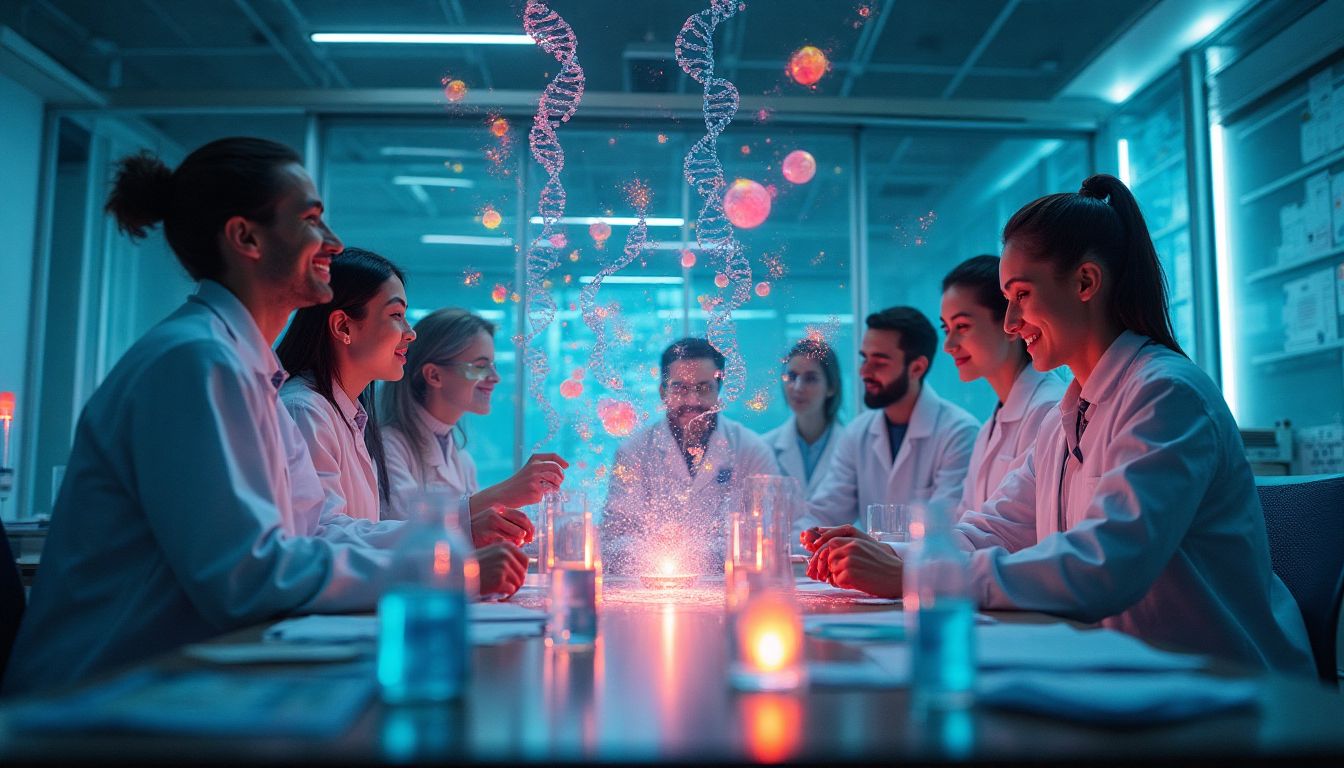
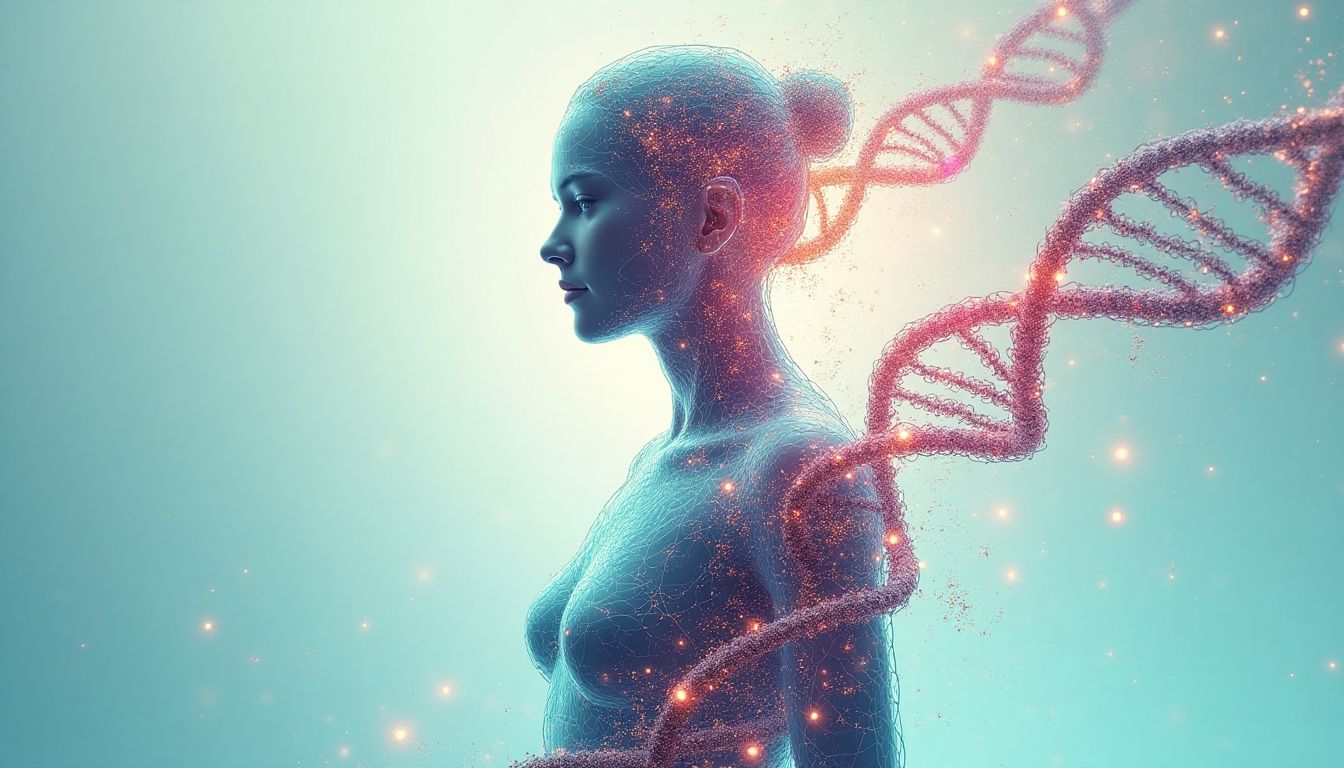
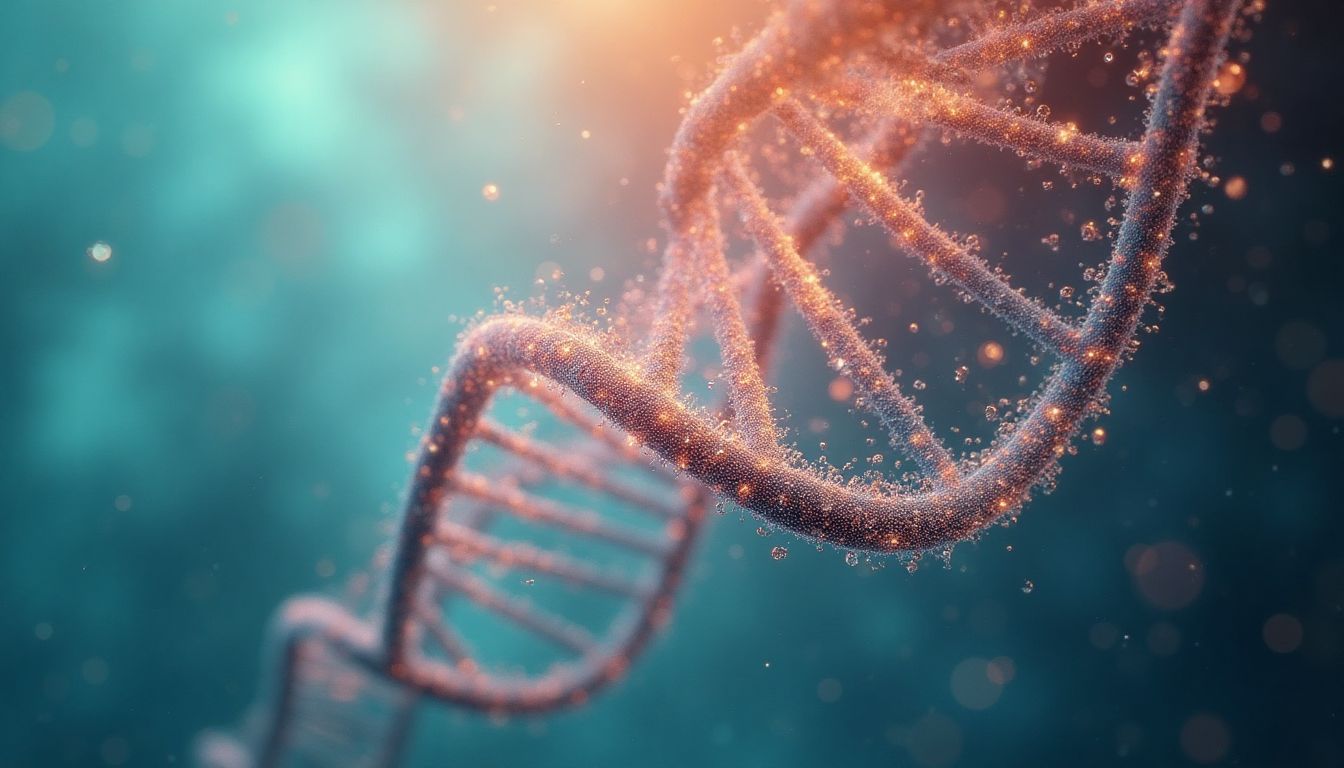
























Post Comment
You must be logged in to post a comment.